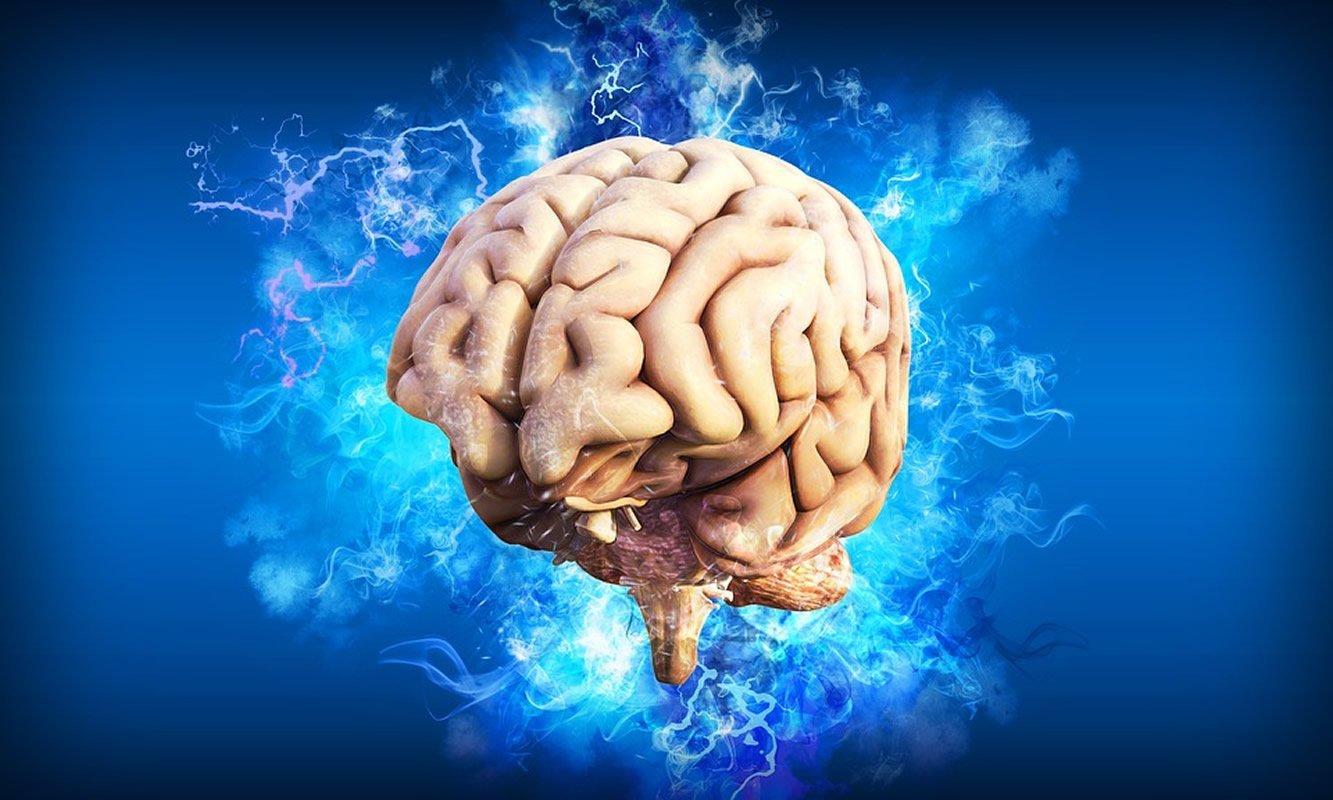Summary: S1PR3, a receptor found on the surface of brain cells, may play a key role in stress resilience. Veterans with severe PTSD symptoms had lower levels of the S1PR3 protein in their blood than peers without the disorder.
Source: CHOP
Scientists have discovered that a receptor on the surface of brain cells plays a key role in regulating how both animals and people respond to stress. The research suggests that the receptor may represent an important biomarker of post-traumatic stress disorder (PTSD) in humans and may offer a new target for future, more effective treatments for stress and anxiety.
“We have found that a specific cell receptor promotes resilience to the adverse effects of stress in animals,” said study leader Seema Bhatnagar, PhD, a neuroscientist in the Department of Anesthesiology and Critical Care at Children’s Hospital of Philadelphia (CHOP). “Because we found links to the same receptor in patients with PTSD, we may have insights into developing more effective treatments for human psychiatric disorders.”
The research appeared online July 17, 2019 in Nature Communications.
Bhatnagar leads CHOP’s Stress Neurobiology Program, which includes first author Brian F. Corbett, PhD, of CHOP, who performed much of the laboratory analysis. Other key collaborators were psychiatrists Philip Gerhman, MD, and Richard Ross, MD, of the Perelman School of Medicine at the University of Pennsylvania, who are attending physicians at the Corporal Michael J. Crescenz Veterans Affairs Medical Center in Philadelphia.
The researchers focused on the sphingosine-1-phosphate receptor 3 (S1PR3), a lipid molecule found on cell membranes that is active in many cellular processes, including inflammation, cell migration and proliferation. It is one of a broader set of molecules called sphingolipid receptors. Scientists previously knew little about S1PR3’s function in the brain. Bhatnagar said the current study points to this receptor as important in neural signaling, and added, “We found that manipulating SIRPR3 levels affected how well animals cope with stress.”
Because current psychiatric treatments succeed in only a subset of patients with stress-related psychiatric disorders, neurobiologists often model stress in laboratory animals, such as rats, to understand what makes some animals vulnerable to stress and others more resilient.
Social hierarchies and territoriality are sources of stress in rats. Bhatnagar’s team used validated behavioral tools, such as a forced swim test or a social defeat test, to investigate how rats use coping strategies to deal with stress. Rats that cope more passively, showing anxiety- and depressive-type behaviors, are classified as vulnerable; those that cope more actively are classified as resilient.
In the current study, the researchers detected higher levels of the S1PR3 protein in resilient rats and lower levels in the vulnerable group. The study team then adjusted the expression of the S1PR3 gene to raise or reduce the gene’s product–the S1PR3 protein. Their results confirmed that increasing the protein levels increased stress-resilient behaviors, while “knocking down” or reducing protein levels raised vulnerable behaviors.

The scientists also measured S1PR3 levels in the blood of patients at the Veterans Affairs hospital, all of whom had experienced combat. The veterans with PTSD had lower levels of S1PR3 than those without PTSD. Furthermore, those with more severe PTSD symptoms had lower levels of S1PR3. “Our findings in both laboratory models and patients suggest that this protein is a potential blood-based biomarker for PTSD,” said Bhatnagar.
She added that follow-up studies in larger patient samples will be necessary to validate these initial findings. “If we can establish that SIPR3 or related sphingolipid receptors are valid biomarkers for PTSD and other stress-related disorders, we may have a new tool to predict a person’s risk for PTSD, or to predict the severity of a patient’s symptoms. It may help us to better evaluate potential treatments, and perhaps to design better treatments,” she added.
Funding: Funding support for this study came from the Defense Advanced Research Projects Agency (DARPA) and the U.S. Army Research Office.
Source:
CHOP
Media Contacts:
John Ascenzi – CHOP
Image Source:
The image is in the public domain.
Original Research: Open access
“Sphingosine-1-phosphate receptor 3 in the medial prefrontal cortex promotes stress resilience by reducing inflammatory processes”. Brian F. Corbett et al.
Nature Communications 10.1038/s41467-019-10904-8
Abstract
Sphingosine-1-phosphate receptor 3 in the medial prefrontal cortex promotes stress resilience by reducing inflammatory processes
Stress can promote the development of psychiatric disorders, though some individuals are more vulnerable to stress compared to others who are more resilient. Here we show that the sphingosine-1-phosphate receptor 3 (S1PR3) in the medial prefrontal cortex (mPFC) of rats regulates resilience to chronic social defeat stress. S1PR3 expression is elevated in the mPFC of resilient compared to vulnerable and control rats. Virally-mediated over-expression of S1PR3 in the mPFC produces a resilient phenotype whereas its knock-down produces a vulnerable phenotype, characterized by increased anxiety- and depressive-like behaviors, and these effects are mediated by TNFα. Furthermore, we show that S1PR3 mRNA in blood is reduced in veterans with PTSD compared to combat-exposed control subjects and its expression negatively correlates with symptom severity. Together, these data identify S1PR3 as a regulator of stress resilience and reveal sphingolipid receptors as important substrates of relevance to stress-related psychiatric disorders.






